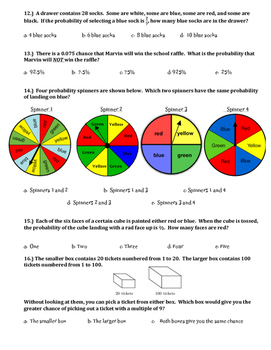

In Schoenberg’s approach, he allows each note of the chromatic scale to be of equal importance and abandons the concept of tonality altogether. Schoenberg created this compositional tool to break away from the traditional tonal system of writing music. Likewise, crotchet equals 120 is exactly twice the speed of the above marking or crotchet equals 180, three times a fast.Īrnold Schoenberg invented a completely revolutionary method of musical composition that became known as Serialism. If the composer wishes the piece to be played at one crotchet beat per second then they would write a metronome marking of crotchet equals 60. A metronome marking is a numerical representation of the tempo of the music. By this I mean, often composers write Allegro, Andante, Adagio, to give an indication of the speed and nature of their composition but these words do not convey an exact speed or tempo of the piece. This musical indicator tells the performer the precise speed of a piece of music as opposed to a verbal representation of the speed. Metronome markings can also be thought of a link to mathematics. This figure illustrates the division of the semi-breve (top) into increasingly smaller note values effectively dividing by two each time. This leads on to the division of note values which in themselves can be viewed as mathematical in their relationship to one another. The bar could include a whole variety of different musical values that add up to three crotchets (one-beat notes), and here again, the mathematics comes into play. In the case of 3/4, then each bar has three crotchet beats in it as a maximum value. These two figures tell the performer how each bar of a piece of music is divided.

If we consider traditional musical notation, the first thing we observe next to the clef is the ‘time-signature’ (see fig.1) In a less complex fashion, we can also find a connection between the two subjects in terms of rhythmic division. His work, in turn, was then further discussed and developed by Plato in his work “The Composition of the Soul”. For example, if the length of two strings is in the ration of 2:3 the difference in the produced pitch or tone is that of a fifth (eg: D – A). It was Pythagoras who discovered the relationship between the changes in the tone of vibrating strings and how they are divided. The notable Greek Mathematician and Philosopher Pythagoras made some of the earliest recorded connections between mathematics and music. Fortunately for me, my mathematics is not too shabby but is this evidence enough to make a firm link between these two different disciplines? The connection between mathematics and music is not a new one and in this article, I am going to explore this fascinating idea a little further. Throughout my career as a teacher of music, it has often been assumed by colleagues that my mathematical ability would be similar to my musical abilities.


 0 kommentar(er)
0 kommentar(er)
